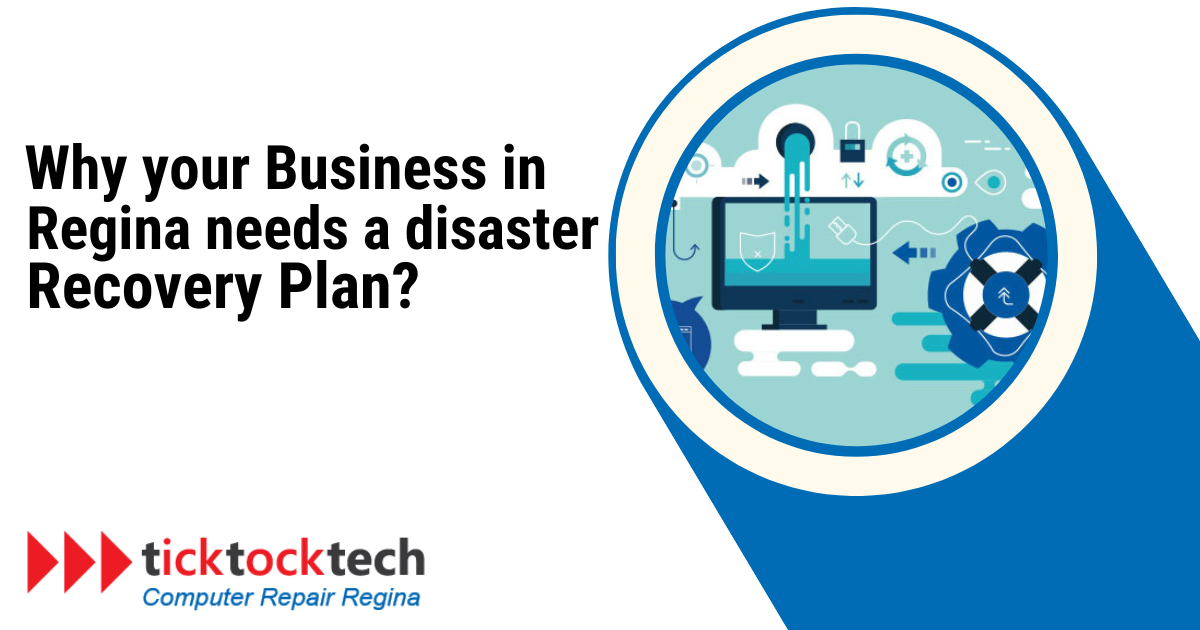In the fast-paced and ever-evolving landscape of business, where digital infrastructure plays a pivotal role, the need for a comprehensive disaster recovery plan (DRP) cannot be overstated. A disaster recovery plan is a documented, structured approach that describes how an organization can quickly resume work after an unplanned incident. A DRP is an essential part of a business continuity plan. Organizations should apply recovery plans to their aspects, especially the ones that depend on a functioning IT infrastructure; all processes and technology are computer-oriented. A natural or artificial disaster can strike at any moment, jeopardizing not only data and systems but the very foundation of a business. Some types of disasters that organizations can plan for include:
- Application failure
- Communication failure (internet or power outage, etc.)
- Data center disaster
- Building disaster (earthquake, fire, etc)
- National disaster
In this article, we will explore why having a robust disaster recovery plan is imperative for the survival and continuity of your business needs.
1. Minimizing downtime and revenue loss
Disasters disrupt operations, causing downtime that can severely impact revenue. A well-crafted DRP ensures minimal downtime by providing a roadmap for swift recovery. Whether it’s a server failure, cyberattack, or a natural disaster, having a plan in place enables businesses to resume operations promptly, mitigating financial losses and maintaining customer trust.
2. Protecting critical data and assets
Data is the lifeblood of modern businesses. A disaster recovery plan ensures essential data and assets protection and recovery. Regular backups, on-site and off-site, coupled with a systematic approach to data recovery, safeguard against data loss. In the face of rising cyber threats, ensuring that data can be restored even in a ransomware attack without succumbing to extortion demands is incredibly crucial.
3. Meeting regulatory compliance
Many industries are subject to stringent regulations regarding data protection and business continuity. Implementing a disaster recovery plan helps businesses meet these compliance requirements. Non-compliance not only poses legal risks but can also tarnish a company’s reputation. A well-documented DRP ensures the organization is prepared for audits and regulatory scrutiny.
4. Preserving customer trust
In an era where consumers are increasingly concerned about the security and privacy of their data, maintaining trust is paramount. A business that can recover swiftly from a disaster and assure its customers that their information is secure will likely retain trust and loyalty. Conversely, a prolonged outage or data breach can lead to customer defection and irreparable damage to a brand’s image.

5. Ensuring employee productivity and safety
Disasters impact digital assets and disrupt the physical work environment. A well-rounded DRP includes employee safety provisions and outlines remote work protocols. It ensures the workforce’s well-being and maintains productivity, allowing employees to contribute to business operations despite adversity.
6. Adapting to evolving threats
The nature of threats to businesses constantly becomes. A dynamic and adaptable disaster recovery plan, from new cyber threats to unforeseen natural disasters, is essential. Regular testing and updates to the DRP ensure it remains effective against emerging threats, providing a proactive defense against potential risks.
7. Preserving brand reputation
A business’s reputation is one of its most valuable assets. How a company handles a crisis can significantly impact its brand image. A swift and well-executed recovery, as outlined in a DRP, demonstrates professionalism and resilience. On the other hand, a lack of preparedness can lead to extended downtime, customer dissatisfaction, and a tarnished reputation that might take years to rebuild.
8. Strategic decision-making in crisis
In the chaos of a disaster, decision-makers need a structured approach to guide them through the recovery process. A DRP provides a clear framework and set of procedures, enabling leaders to make informed decisions swiftly. It ensures that resources are allocated efficiently and that recovery efforts are focused on critical aspects of the business.
9. Cost savings in the long run
While implementing a disaster recovery plan incurs initial costs, the long-term savings far outweigh these expenditures. The ability to recover swiftly minimizes the financial impact of downtime, reduces the risk of data loss, and avoids the costly aftermath of reputational damage. A robust DRP investment is an investment in the most significant cyber threats enterprises must face.
10. Improve information security
Ransomware assaults are among the most significant cyber threats enterprises must face. Organizations without disaster recovery strategies frequently must pay astronomical fees to reaccess their data. These cyberattacks can be neutralized by including data backup and restore systems in your disaster recovery plan. Cloud backup services typically include improved security features and tools for spotting unauthorized access and other questionable activities. The less likely a possible security breach would negatively affect your company, the sooner you identify it and take appropriate action.
Types of Disaster Recovery Plans
Plans for disaster recovery can be customized, especially for a particular setting. Disaster recovery plans unique to the environment include:
Data-center disaster recovery plan
This type of strategy only addresses the infrastructure and facilities of the data center. Practical operational risk assessment is a fundamental component of disaster recovery strategies for data centers. It examines essential elements such as office space, security, power systems and protection, and building location. The process needs to cover a wide range of potential outcomes.
Cloud disaster recovery plan
This type of plan can include everything from complete data and information replication to a cloud-based file backup. Although cloud disaster recovery might save money, time, and space, it still needs to be managed correctly to be kept up to date. The manager must know the actual and virtual server locations.
Virtualized disaster recovery plan
This procedure offers chances to carry out disaster recovery more straightforwardly and effectively. Within minutes, a virtualized environment may create fresh virtual machine instances and provide high availability for application recovery. Even if testing can be more straightforward, the plan still has to be able to confirm that programs can be launched in disaster recovery mode and resumed normally within the Recovery Point Objective (RPO) and Recovery Time Objective (RTO).
Network disaster recovery plan
Creating a recovery strategy becomes more difficult as a network becomes more sophisticated. Describe the rehabilitation process step by step, test it thoroughly, and keep it updated. This strategy will contain network-specific data, like staff performance and networking.
Conclusion
Implementing a disaster recovery plan is not merely a precautionary measure but a strategic imperative for any business operating in today’s volatile environment. The consequences of not having a comprehensive DRP can be severe, ranging from financial losses and regulatory non-compliance to irreparable damage to brand reputation. By investing in a proactive and adaptable disaster recovery plan, businesses can fortify themselves against unforeseen challenges, ensuring continuity, protecting assets, and preserving the trust of both customers and stakeholders.
FAQs
A disaster recovery plan (DRP) outlines an organization’s steps to resume normal business operations after a disruptive event. Businesses must ensure continuity, minimize downtime, and protect assets in the face of disasters.
well-rounded DRP addresses a spectrum of disasters, including natural disasters (e.g., earthquakes, floods), artificial disasters (e.g., cyberattacks, data breaches), and operational disruptions (e.g., server failures, power outages). It provides a versatile framework for recovery.
In times of crisis, a DRP provides a structured framework for decision-makers, enabling them to make informed and strategic choices. It ensures efficient allocation of resources, focuses recovery efforts on critical aspects, and enables the business to swiftly navigate the crisis.

